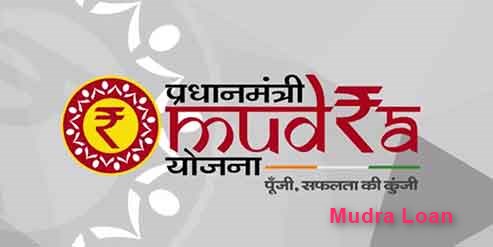Leverage & Uncertainty- Double Whammy for MSMEs
The MSMEs which are leveraged will find going will be very challenging in the present circumstances. This should enhance the appreciation for prudent financial management. Recently I had a call…
Read More







